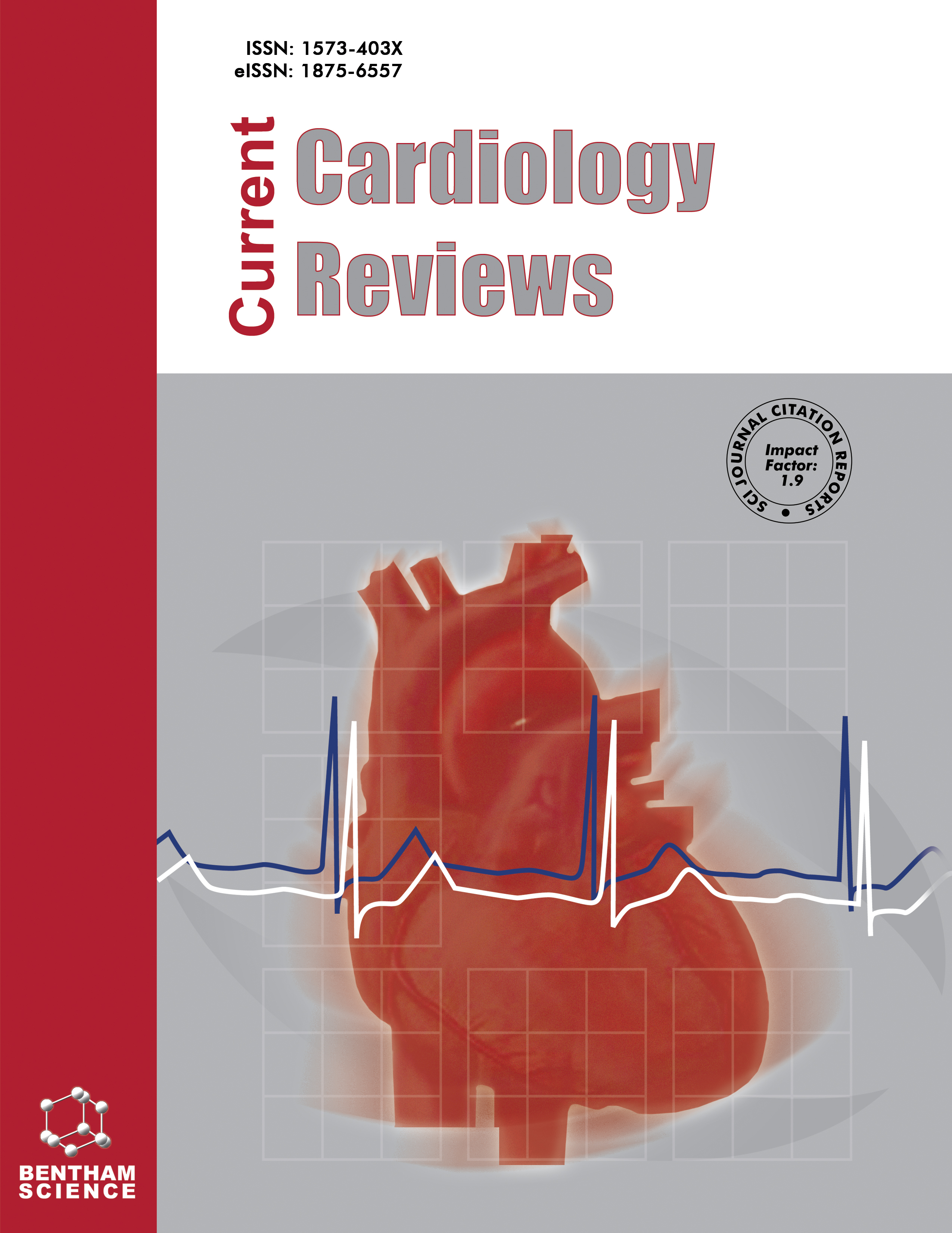
Full text loading...
We use cookies to track usage and preferences.I Understand
Diabetic Cardiomyopathy (DCM) is a notable consequence of diabetes mellitus, distinguished by cardiac dysfunction that occurs separately from coronary artery disease or hypertension. A recent study has revealed an intricate interaction of pathogenic processes that contribute to DCM. Important aspects involve the dysregulation of glucose metabolism, resulting in heightened oxidative stress and impaired mitochondrial function. In addition, persistent high blood sugar levels stimulate inflammatory pathways, which contribute to the development of heart fibrosis and remodelling. Additionally, changes in the way calcium is managed and the presence of insulin resistance are crucial factors in the formation and advancement of DCM. This may be due to the involvement of many molecular mechanistic pathways such as NLRP3, NF-κB, PKC, and MAPK with their downstream associated signaling pathways. Gaining a comprehensive understanding of these newly identified pathogenic pathways is crucial in order to design precise therapy approaches that can enhance the results for individuals suffering from diabetes. In addition, this review offers an in-depth review of not just pathogenic pathways and molecular mechanistic pathways but also diagnostic methods, treatment options, and clinical trials.

Article metrics loading...

Full text loading...
References


Data & Media loading...

